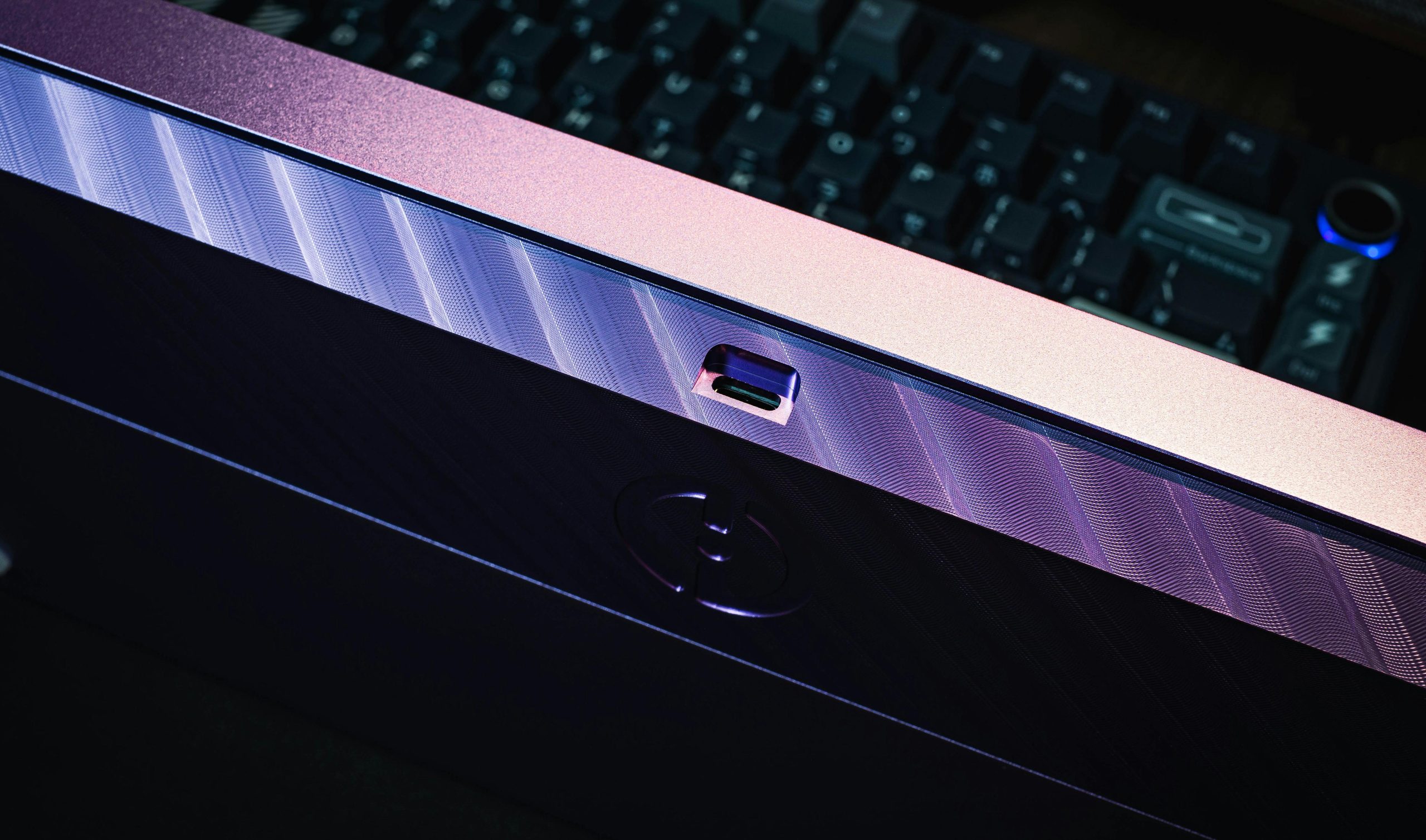How to Connect a USB-C Monitor to a Desktop PC: A Comprehensive Guide
Connecting a high-quality monitor to your desktop PC can significantly enhance your computing experience, especially when you’re aiming for seamless power and video transmission. If you’re considering a USB-C monitor—such as an e-ink display like the Dasung Paperlike 103—here’s a detailed overview of the best approach to establish a stable, native connection.
Understanding Your Hardware and Requirements
Before delving into the connection process, it’s essential to understand your system specifications and specific needs:
- Motherboard: Gigabyte X670 Aorus Elite
- Graphics Card: NVIDIA RTX 5080 Founders Edition
- Processor: AMD Ryzen 7800X3D
- Monitor: Dasung Paperlike 103 (an e-ink display with USB-C connectivity)
Your goal is to connect the monitor via USB-C for both power (if possible) and video signal, ensuring a direct, native connection without relying on mirroring or secondary measures.
Key Considerations for USB-C Monitor Connectivity
-
Native Support for Video and Power over USB-C:
Look for monitors that support DisplayPort over USB-C (DP Alt Mode) for video transmission and Power Delivery (PD) for charging and powering the monitor. -
Separate Power Input:
Since your monitor has a secondary port for power, determine if it supports powered operation solely through USB-C or requires an external power source. -
Compatibility with Graphics Card and Motherboard:
Confirm that your RTX 5080 and motherboard support DisplayPort/USB-C output. Modern graphics cards typically do, but verify the output ports available. -
Cable Quality:
Use high-quality, certified USB-C cables capable of handling the desired data transfer and power delivery rates.
Recommended Connection Method
Given these considerations, the most straightforward and reliable solution involves:
-
Using a USB-C to DisplayPort (Alt Mode) cable or adapter:
If your RTX 5080 provides a DisplayPort output, use a USB-C to DisplayPort cable to connect directly to the monitor’s USB-C port configured for video input. -
Ensuring Power Delivery (PD):
If the monitor supports receiving power over USB-C, connect it to a compatible power source or use a USB-C cable that supports Power Delivery to eliminate the need for a secondary power connection. -
Configuring Display Settings:
Once connected,
Share this content:



